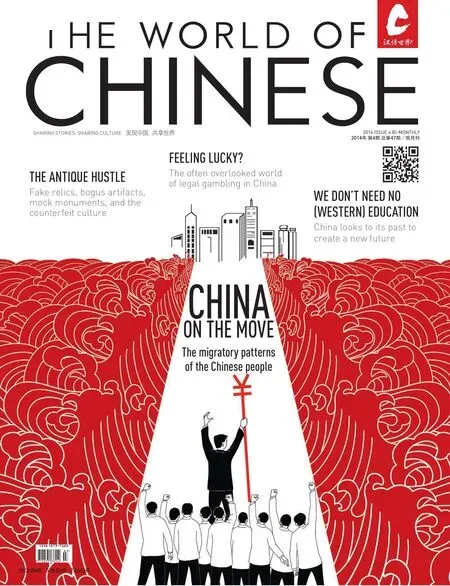PAPER PEOPLE
PHOTOGRAPHS BY MENG QINGCHUN (孟庆春)TEXT BY LIU JUE (刘珏)
PAPER PEOPLE
PHOTOGRAPHS BY MENG QINGCHUN (孟庆春)
TEXT BY LIU JUE (刘珏)
A look into the process and culture of caozhi paper making
山村里的古法造纸技艺
The villages of Shuidong (水东村) and Dengcun (邓村) in the mountains of Guangdong Province are something of a rarity in this highly industrialized province crammed with thousands of factories. They are among the few workshops that still make bamboo paper by hand—producingcaozhi(草纸), literally “rough paper”. Yellow and coarse,caozhiis mainly used to make “ghost money”, the paper money burned in Chinese ritual sacrif i ces to ancestors, as well as the inner wrappings for fi reworks. While many of the younger men have fl ed to higher-paying, modern factories, such as Foxconn, the senior workers remain, plying their craft in the ancient village workshops. It is a hard business; over 20 of the procedures involve heavy labor, and it is back-breaking work. If it weren't for the next-to-nothing raw materials cost, the whole business would have certainly died out long ago; fortunately, it survives today. With bamboo, water, lime, and a great deal of manpower, the whole process hasn't changed much since the invention of paper itself. Now seen as a signif i cant piece of cultural heritage, the workshop in Dengcun attracts both the attention of tourists and the local government. With government subsidies alongside tourism, it seems this not so delicate craft will be able to survive, and the paper can continue to be made in the same fashion it always has. The smaller and much more primitive Shuidong Village, on the other hand, has not had the same luck, and two workshops closed in 2013. So, it's important to record and preserve these villages for posterity, a reminder of both the beauty and hardship of simpler times.
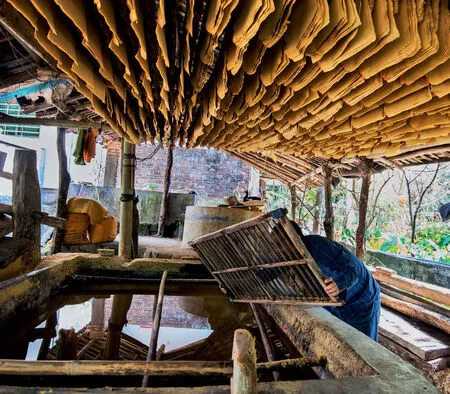
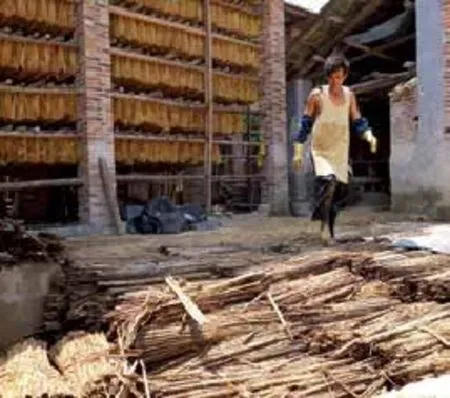
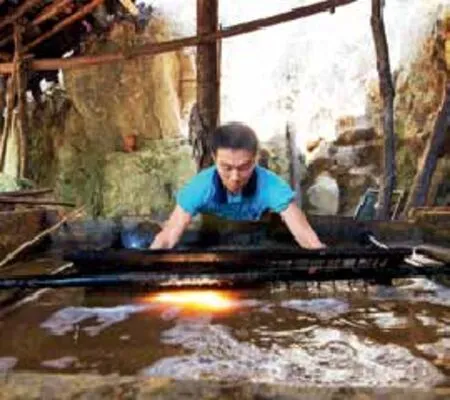
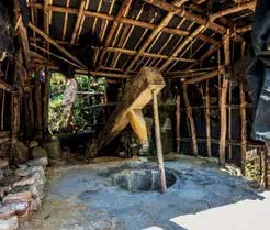
YOUNG BAMBOO IS COLLECTED AND DRIED UNDER THE SUN BEFORE BEING IMMERSED IN A LIME TANK FOR AS LONG AS FOUR MONTHS (TOP). WHEN SOFTENED, IT IS TAKEN OUT TO BE REPEATEDLY DRIED AND WASHED, WHICH WEAKENS THE STRUCTURAL INTEGRITY (MIDDLE), AND THEY ARE THEN SMASHED IN A MORTAR POWERED BY WATER (BOTTOM).

A DOUBLE—LAYERED STRAINER IS USED TO FILTER THE BAMBOO FIBER, WHICH WILL LATER TURN INTO PAPER
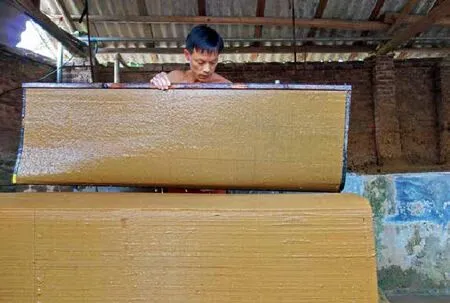
A WORKER CAREFULLY LIFTS A LAYER OF BAMBOO FIBER, THE PROTOTYPE FOR A PIECE OF BAMBOO PAPER, TO DRAIN
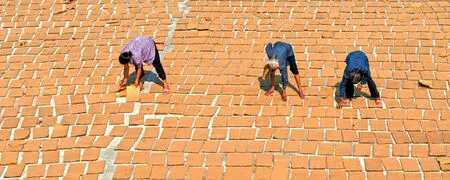

AN EXPERIENCED SENIOR WORKER CUTTING BAMBOO PAPER TO PREVENT STICKING
AS A FINAL STEP, THE BAMBOO PAPER IS LEFT OUT IN THE SUN TO DRY SLOWLY

